Ávila
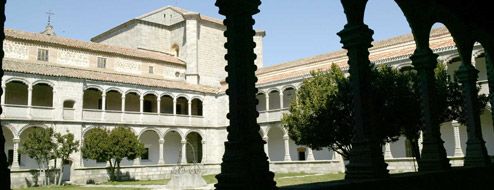
- Ávila Spain
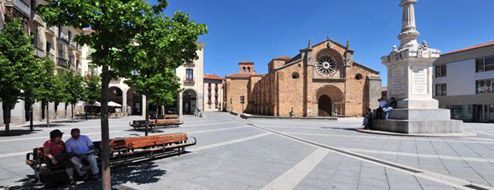
- Ávila Spain
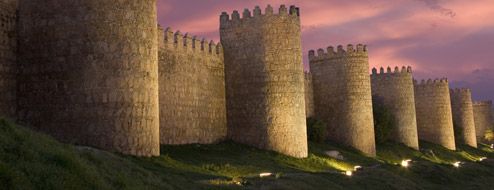
- Ávila Spain
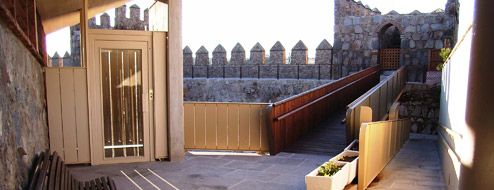
- Ávila Spain
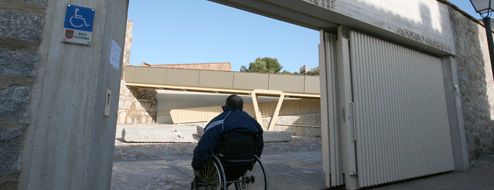
- Ávila Spain
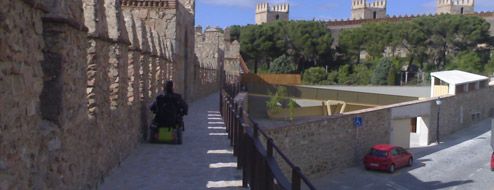
- Ávila Spain
At an altitude of over 3,000 feet, Ávila is the highest city in Spain. Due to its strategic location, it was a fortress town during the medieval period, and it still represents one of the finest surviving examples of a completely walled medieval town in Europe.
Ávila's attractions are enhanced by its spectacular location, to the extent that it was declared a Historic-Artistic Ensemble in 1982 and a UNESCO World Heritage City in 1985. These declarations have meant that Ávila has gained greater recognition both on a national and international basis.
The extremely rich cultural and historic heritage of the city reflects a wide variety of cultural influences - Celtic, Roman, Arabic and Christian. The imposing walls that encircle the city (2,500 meters long, 12 meters high and 3 meters thick in places, with nine gates and 88 towers) are among the best preserved in Europe and an excellent example of medieval architecture. They are also considered the most iconic landmark of the city.
|
Check out the video interview with Ms Beatriz Rabadan Lopez, Fundación ONCE, describing the process of developing an accessible, tourist itinerary in Avila. |
The city also has a deeply spiritual and mystic atmosphere, thanks to a great number of perfectly preserved Romanesque churches (like the Basilica of San Vicente, or the San Andrés, San Segundo, San Pedro churches), the magnificent Monastery of Santo Tomas, which was the summer residence of the Catholic Monarchs, and the Cathedral, which is considered the first Gothic cathedral in Spain.
As an historic city in a mountainous region, Ávila has had to overcome particular geographic and cultural challenges to achieve good levels of accessibility for people with disabilities. In spite of the difficulties, several monuments (including the walls, the San Vicente church, the Monastery of Santo Tomas or the Cathedral) were recently made fully accessible. As a pioneer in introducing the analysis of accessibility in artistic and historical heritage, in 2010 the city was awarded with the European Commission Award for Accessible Cities.
► Download the Customer Services, all-inclusive services brochure (Spanish only).
► Download the presentation shown at the Global Forum on Accessible Cities detailing the process of developing an accessible, tourist itinerary in Ávila.
► Check out the Geographic Information System (GIS) for accessible environments developed by Vía Libre for the city of Ávila.
Credits for all photos: The Municipality of Ávila
- Post to Google
- Post to del.icio.us
- Post to Stumbleupon
- Post to Facebook
- Post to Twitter
- Post to Buzz

General Information
Submitted by: Francesca CasciatoFoundation Year: 1090